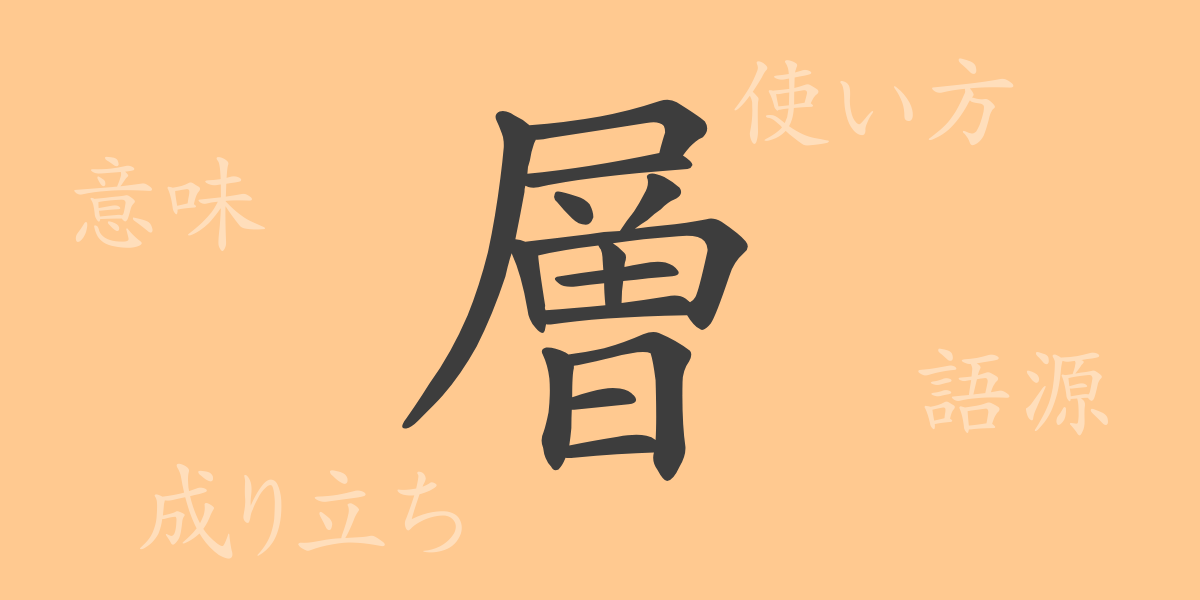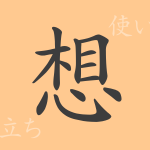The Japanese language is adorned with many Kanji characters, each holding unique meanings and historical significance. ‘層’ (そう, sō), while not frequently encountered in everyday life, is used across various contexts from social structures to natural phenomena, showcasing the depth of Japanese culture. This article explores the origins, modern uses, and idioms related to the Kanji ‘層’, offering a comprehensive look into its multifaceted presence in Japanese life.
Origins of 層 (そう – Sō)
The Kanji ‘層’ originated in ancient China, initially used to describe layers of soil stacked upon each other. Evolving to represent layers or stratifications, it was adopted into Japanese from Chinese, where it has been used to indicate various types of layering.
Meaning and Usage of 層 (そう – Sō)
‘層’ refers to physical layers and metaphorically to social strata. For example, ‘オゾン層’ (ozone layer) represents a layer of ozone in the atmosphere, while ‘社会の上層部’ (upper echelons of society) denotes a group within a higher social status.
Readings, Stroke Count, and Radical of 層 (そう – Sō)
The Kanji ‘層’ is a commonly used character in Japanese, reflecting various aspects of layering in both natural and societal contexts.
- Readings: On’yomi (音読み) ‘ソウ’ (Sō), no Kun’yomi (訓読み).
- Stroke Count: ‘層’ consists of 12 strokes.
- Radical: Mountain (山 – やまへん).
Phrases and Idioms Using 層 (そう – Sō) and Their Meanings
There are many idioms and phrases that include ‘層’, each illustrating the concept of layers within various contexts.
- ‘上層部’ (upper echelon) – Refers to higher ranks or classes within an organization or group.
- ‘成層圏’ (stratosphere) – A layer of the Earth’s atmosphere located above the troposphere, including the ozone layer.
- ‘階層社会’ (stratified society) – A society divided into different layers or classes based on status or class.
- ‘断層’ (fault line) – In geology, a fracture in the Earth’s surface where two layers of rock have moved relative to each other, often causing earthquakes.
Conclusion on 層 (そう – Sō)
The Kanji ‘層’ is essential for expressing concepts vital for understanding our world—from natural phenomena to social structures. It symbolizes the various layers we encounter in our lives, and by understanding the rich meanings of this character, we can gain deeper knowledge and insights into both the natural world and the complexities of societal hierarchies.

























